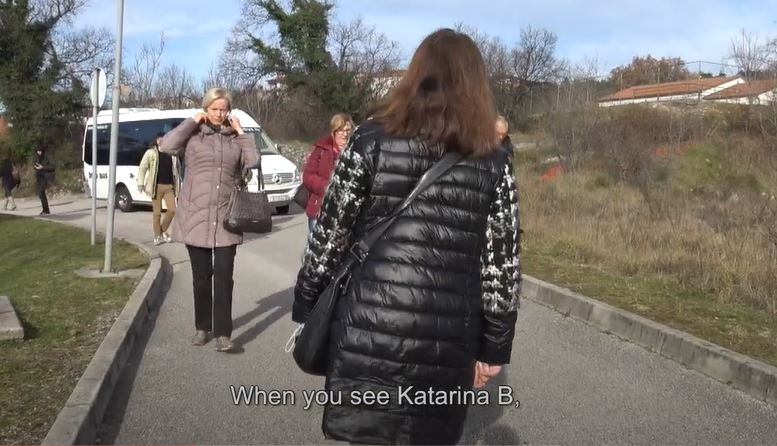Bunkers are essential elements of many parts of the city of Zadar and that is especially evident in its urban surroundings, where they hide between new buildings and some parts of nature. How they found their place and really fitted into that urban landscape through the years, explained Revival expert Antonija Mlikota from Department of History of Art within University of Zadar.
- They definitely have a role in the development of urbanism, because Zadar was establishing from ancient times until today, so bunkers are part of the fortifications that were built here throughout the history. Of course, they have negative connotation because they originate from the fascist regime, but they also have something very positive and that is their role in the defence of Zadar in the Homeland War, which was really significant – said Mlikota, noting that the bunkers must be observed in that context, because they make a part, or rather, extension of numerous Zadar fortifications.
- Between the first ancient walls, through fortifications in the Middle Ages, in the Renaissance, and ones which were later built in Zadar, those bunkers from the 20th century are diverse and very interesting, so they have great potential for future tourism development – pointed Mlikota, happy that she got the chance to explore the bunkers in project Revival research. In fact, this professor from University of Zadar will be processing collected data that will later help building the base which could become a good foundation for further research and valorisation of the bunkers.
- There is almost no Zadar citizens who doesn’t have memories from the bunkers. Whether it’s playing in them or some kind of love stories from the past – concluded Mlikota, whose son Bartol often plays in one bunker behind her building. Bartol is really amazed by the bunker, so he wants to put lights on it and discover its hidden parts. This is the proof that everyone wants for this lost wartime heritage to be revived, because even kids will easily find its new purpose.

